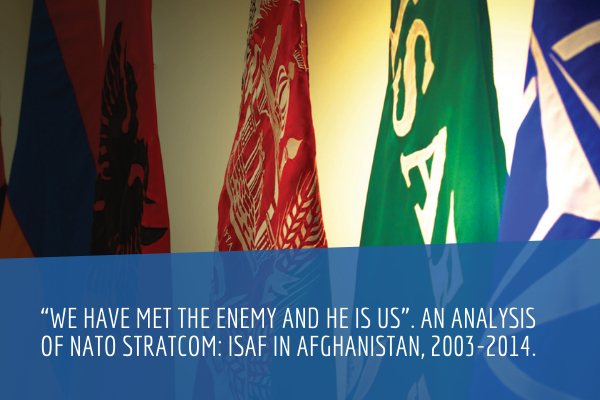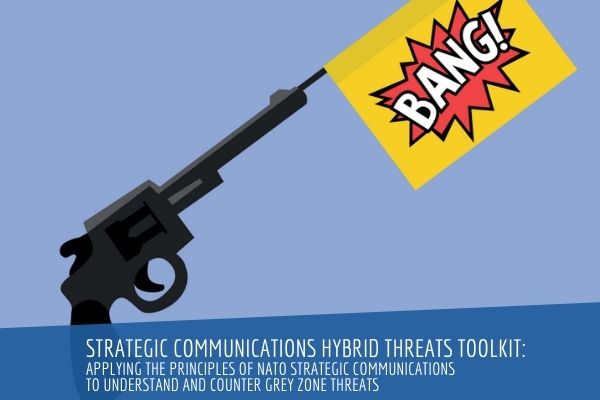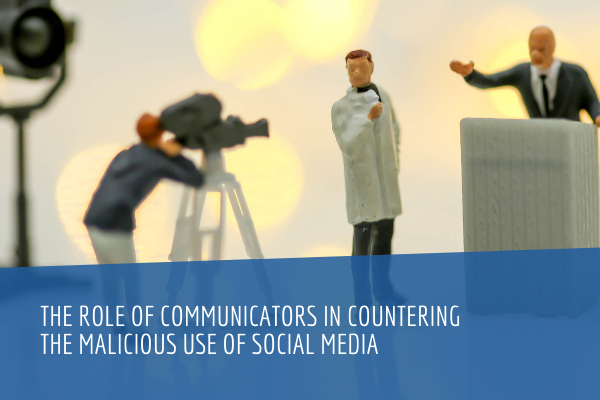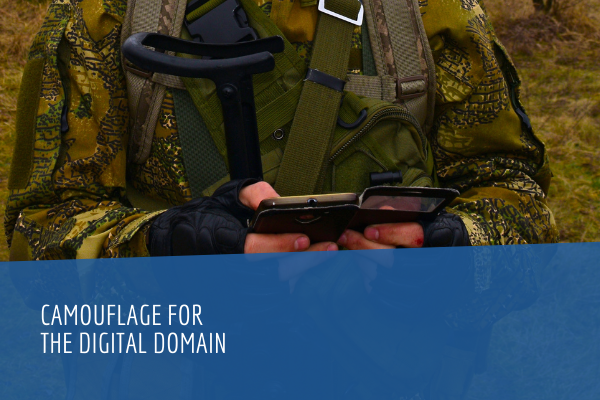Executive summary
The 2003-2014 UN-mandated, NATO-led ISAF mission, which featured ground combat for the first time in the Alliance’s history, took a tremendous human and financial toll. By ISAF mission end, well over 1 million NATO troops and civilians had served in theatre along with hundreds of thousands of contractors. Reliable studies conservatively estimate the financial cost to be at least $1 trillion US dollars. Almost 3,500 troops under NATO command from 29 nations paid the ultimate price, and tens of thousands more suffered serious injury. Afghanistan has been a security-related point of discussion and a major part of Western military efforts for almost a fifth of NATO’s existence. By virtually any metric it is the longest, most complex, expensive, challenging and fractious operation in NATO’s history.
As a result of the massive NATO and international effort – by any socio-economic or human development index measure – Afghanistan in 2015 is a considerably better place as a result. That is hardly to say outcomes were optimal, or that NATO helped Afghan government forces decisively defeat the insurgency: they were not, and they did not.
A commonly held view is that NATO also ‘lost’ the Afghanistan strategic communication campaign. This report is an effort to deduce what is NATO and ISAF’s score on that point, and if it did not ‘win’ outright then how did Strategic Communications (StratCom) perform?
Within the political-military leadership and even within the communications community there are factions of passionate supporters for StratCom and just as many opponents. All seem to agree conceptually of the need for better coordination as long as they are the ‘coordinators’ and not the ‘coordinated’.
Throughout ISAF’s duration these factions were often at odds and even as they clashed, the operating and information environment transformed. This should have led to a wholesale re-evaluation of optimal structure, process and capabilities: it did not.
Still, as to be expected from the accumulated experience of continuous operations over 11-plus years of the NATO-led ISAF mission, some new capabilities were added that improved how NATO communicated with national domestic audiences including the Media Operations Centre and NATO TV. But the nub of the issues and the old debates – influence versus inform, the public affairs reporting relationship to the commander, measuring effect, how to better synchronise effort – are the same discussions as 5, 10 and even 15 years ago. The current impetus for reform has little to do with lessons learned during ISAF. It does however, have much to do with the Russia/Ukraine crisis.
Given the contemporary security environment, the extent to which unsatisfactory campaign outcomes should be attributed to the communication effort is not an inconsequential subject. Today’s information environment bears little resemblance to what it was at the start of the ISAF mission in 2001, in large measure a result of widespread access to reliable Internet, the ubiquity of smart phones, and the global scope and penetration of social media. In the past decade we have transitioned from grasping the implications of the ‘strategic corporal’ to dealing with the operational consequences of the ‘strategic tweet’. Adversaries also became very capable at using new communication tools to their advantage. While it may be unlikely that the Alliance will fight another mission quite like ISAF, many observations can be drawn from ISAF about whether NATO communication-related policy, doctrine, structures and capabilities are fit for purpose in future campaigns. This report offers 12 recommendations where effort and resources might be applied to achieve more favourable outcomes.
A North Atlantic Council-approved policy in August 2009 defines NATO StratCom as “the coordinated and appropriate use of NATO communications activities and capabilities ... in support of Alliance policies, operations and activities, and in order to advance NATO’s aims.” Still, the actions and practice during ISAF demonstrate that NATO aspires to achieve more for its strategic communications investment, and that it is increasingly about understanding the desired effect or behavioural change required to shape what to do, say, show and signal to inform, persuade or influence audiences in support of specific objectives.
NATO HQs had two strategic communications campaigns to fight during the ISAF operation, the first being for the support of domestic audiences of the 51 troop contributing nations and international audiences.
Given the policy hand it was dealt, the manner in which the operation was executed for the better part of a decade, the high operational tempo at NATO and zero nominal growth (thus, downsizing) forced on it by nations, the Alliance communication effort did considerably better than it is given credit for, in particular at NATO HQ in Brussels and Allied Command Operations, and for stretches of time at ISAF. This is a finding that may strike many as counter-intuitive.
The second campaign was the operational battle for the contested population and against malign actors including the Taliban. If success is measured against information policy aims: “...create desired effects on the will, understanding and capability of adversaries and potential adversaries” (Information Operations); “to influence perceptions, attitudes and behaviour, affecting the achievement of political and military objectives” (Psychological Operations); and “to inform, persuade, or influence audiences in support of NATO aims and objectives” (StratCom), then the outcomes are decidedly more mixed, if not a failure.
A detailed assessment of capability and performance in this report supports the argument that ISAF was a case of a fundamentally flawed political/ command structure that was by its structural nature incapable of devising and directing a unified political-military campaign. The international community brought a sense of hubris to that shattered country which had virtually no licit economy or capacity for effective governance. It set unreasonable objectives, looked for short-term metrics of success, and wholly under-resourced the mission for almost 10 years. The strategy often changed, or was confused, or was conflicted. It took few Afghan views into account.
No answer could be found to effectively deal with the vexing question of Pakistan where insurgent forces found sanctuary. NATO then proceeded to break or subsume most of the principles of war, foremost being ‘selection and maintenance of the aim’, ‘unity of effort’ and ‘unity of command’.
But how fair is that considering Afghanistan was a major international endeavour, that the NATO mission has lasted this long and will continue for the foreseeable future albeit in different form, that support in the country for international forces remains high, and that troop contributing nations have not endured major political recriminations from their populations? Taking a long view, the ISAF communications effort cannot have been a failure. The magnitude of collective effort by NATO nations over that period of time is a considerable expression of Alliance will and stamina. From the political-military centre of gravity perspective of “maintaining the solidarity, cohesion and credibility of the Alliance”, this alone points to a strategic success broadly speaking.
This report finds that improved StratCom did not, and does not, temper the effects of bad policy and poor operational execution. In the end, strategic communications outcomes weren’t nearly what they could have been but were considerably better than critics suggest. Where policy and operations were well connected and showed results, StratCom amplified that effect. Where policy and operations were weak, negative outcomes could be mitigated but not overcome. Improving strategic communication effects needs to start with better policy, greater understanding of audiences including motivations, conducting operations following established and successful military principles, and skilled practitioners. In that respect, the weakest link in the Alliance communication effort at strategic, operational and tactical levels was the profound lack of trained, expeditionary communication- and information-related military capability in almost all NATO member nations (excepting the U.S., and perhaps Germany). For NATO to be more effective, nations need to professionalise their approach to communications by abandoning the model of employing ‘willing general service officers eager to learn on the job’ to one that is firmly based on ‘qualified, trained and experienced practitioners in all disciplines at each rank level’.
ISAF served as a forcing function for incremental albeit important improvements to NATO communication-related policy, capability and capacity aggregated over more than a decade of continuous operations. However, the transformation of the information environment happened much faster than NATO HQs and member nations were able to evolve their communications-related mindset, structures, capabilities and outputs.
The real catalyst for the current effort to make substantive reforms has been Russia’s attack on Ukraine. In this regard the Wales Summit Hybrid Warfare initiatives identified a series of actions that if implemented would be a major upgrade to the Alliance’s ability to compete in the new information environment.






